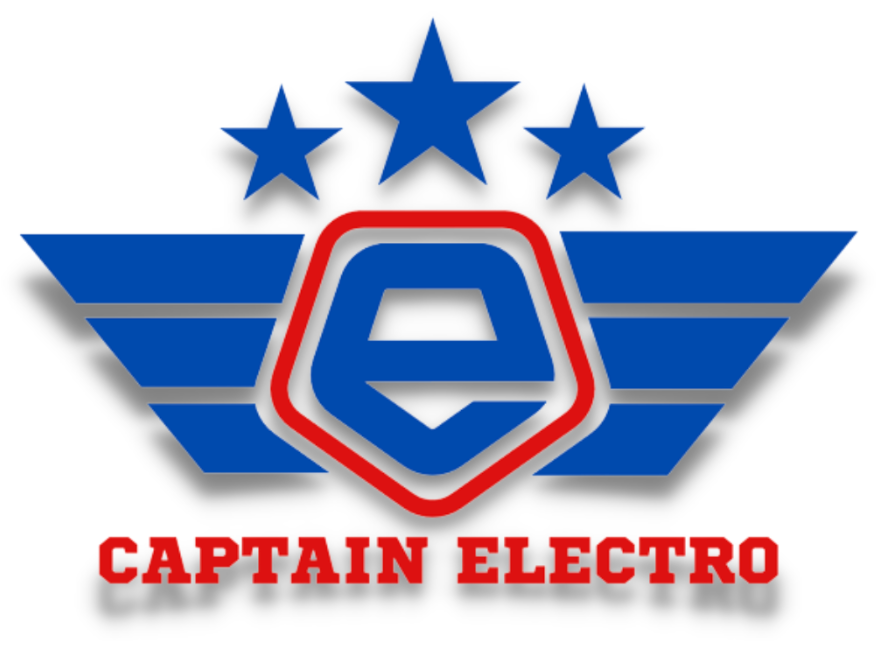Horizon's Cavorite X7 Is The World's First Fan-In-Wing That Actually Flies
Image Credit: Horizon Aircraft.
For decades, we've had boffins locked away in sheds (presumably) trying to make a car sprout wings or rotors, and most of what we've seen has been less than inspiring. Often looking like something cobbled together from garden furniture and a particularly aggressive drone.
But something rather interesting has just flapped its wings (or slid them open, technically) and done something genuinely clever. Horizon Aircraft has built something called the Cavorite X7. And this contraption just made a transition from hovering like a slightly confused insect to flying properly like an airplane. Sure, a few others managed that already, but these guys did it using a system they call 'fan-in-wing' - sounds a bit like something you'd find in a dusty old factory? Sure, but this is actually rather ingenious.
Most of the 'air taxis' you hear about want to lift off vertically and then keep using their lifty bits to move forward - not really efficient over distance. It's more like trying to run a marathon on stilts. You can do it, but you're going to look utterly ridiculous and get very tired, very quickly. Horizon's idea was simpler, or perhaps just more pragmatic: build a perfectly good aeroplane that also happens to be able to take off and land straight up and down.
How did they manage this bit of aeronautical wizardry? They've shoved fourteen electric fans inside the wings. Five tucked neatly into each main wing, and a pair in those little forward wingy bits called canards. When it's time to go vertical, the wing surfaces slide open, like some sort of futuristic Venetian blinds, letting the fans do their work. Once you're up and moving forward, those panels slide shut again, and suddenly you're flying on a perfectly normal-looking wing, just like the Wright brothers intended.
Those fourteen fans run on electric power, but forward propulsion comes from a good old-fashioned gas turbine engine bolted on the back, spinning a pusher prop. And here's the clever bit: that gas turbine doesn't just push you through the air at a rather brisk clip, it also charges the batteries for the fans while you're flying along. That way, you arrive at your destination with a full charge, ready to do the vertical landing party trick.
This hybrid approach solves a massive problem for pure electric VTOLs: range anxiety. With the Cavorite X7, you can cover a decent distance, sipping on jet fuel, topping up your electric reserves, and then perform a silent, clean landing. This means quicker turnarounds for things like rescue missions or ferrying important (or just impatient) people around. You get the flexibility of a helicopter for landing, but the speed and efficiency of a plane for cruising.
Image Credit: Horizon Aircraft.
Because it can act like a conventional plane, Horizon reckons the Cavorite X7 will be certified for all sorts of weather, including nasty stuff like ice. This is a big deal. Many of the other eVTOLs we've seen are fair-weather friends, grounded the moment a cloud looks a bit cross. Being rated for Instrument Flight Rules (IFR) means it could operate when the pilot can't see much outside, relying on instruments – essential for real-world transport.
And range? Speed? This is where the Cavorite really starts to strut its stuff. Horizon claims a cruising speed of 288 mph and a rather impressive range of 500 miles with reserves. That's miles further than some of the all-electric contenders out there. Just look at Archer Aviation's Midnight eVTOL, which is apparently good for only about 150 miles. Joby did manage to squeeze 523 miles out of a hydrogen version of their S4, but their standard electric one does about 150 miles at 200 mph. So, the Cavorite's numbers look genuinely useful.
Image Credit: Horizon Aircraft.
Why fans in the wings, though? Horizon's CEO, Brandon Robinson, a former F-18 pilot (so he knows a thing or two about pointy metal objects moving quickly), puts it simply: they wanted it to be a normal airplane that doesn't mess about. Get back to efficient wing-borne flight as quickly as possible – using a wing is just better once you have forward speed. Plus, those electric fans are much quieter than rotors or jet engines at low altitude, which is a major bonus for urban ops.
Robinson makes a good point about certification, too. By designing it to fly primarily as a normal airplane, they can talk to regulators and say, "Look, the vertical bit is just a safety layer, an automatic hover mode if you get too slow. It's just a really safe plane!" That angle might just work.
Horizon's CEO, Brandon Robinson with Cavorite X5. Image Credit: Horizon Aircraft.
The design isn't just about stuffing fans into wings; they've given it forward-swept wings. Now, I'm no aerodynamicist (my understanding of lift involves wishing really hard), but apparently, this helps with handling at lower speeds and higher angles of attack. This is critical when you're trying to gracefully transition from hanging in the air to zipping forward. It basically stops the wing from giving up and deciding to plummet.
That forward-swept wing trick also gives it Short Takeoff and Landing (STOL) capability. You only need about 1,000 feet of runway, which is roughly what a little Cessna 172 (the plane equivalent of a Toyota Camry) needs on a good day with barely any fuel. So, even if the vertical landing isn't an option, you don't need a whole international airport to operate from.
Is the Cavorite X7 the eVTOL we have been waiting for? I guess it might just be the pragmatic, capable solution that bridges the gap between helicopters, planes, and the all-electric future. It's clever, it's got range, it's got speed, and it can land in places other planes simply can't. It's not perfect, but it's way more convincing than most of the contraptions we've seen flapping about.






